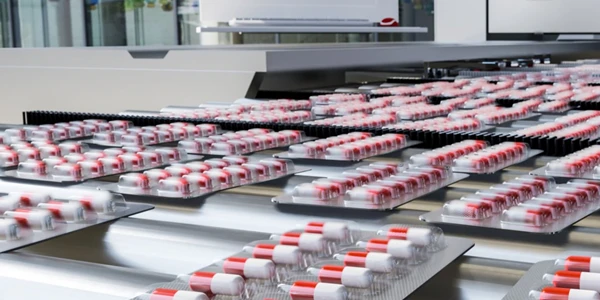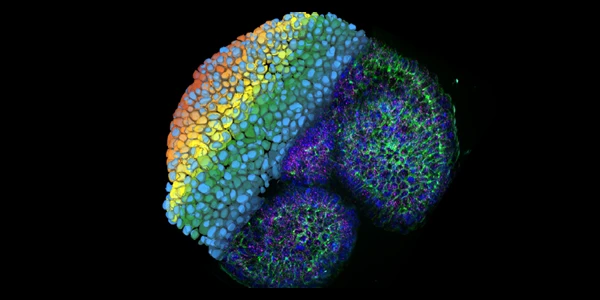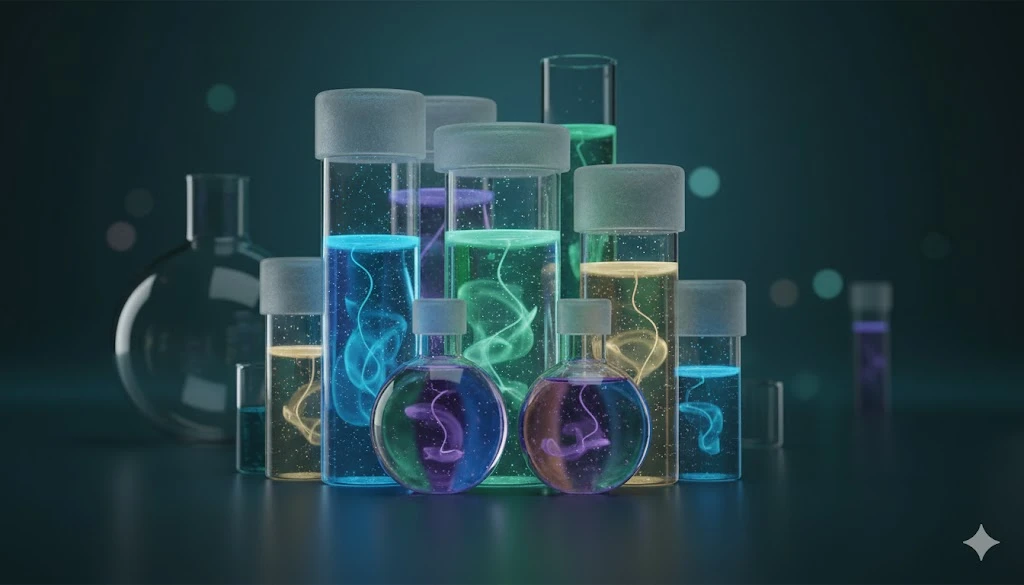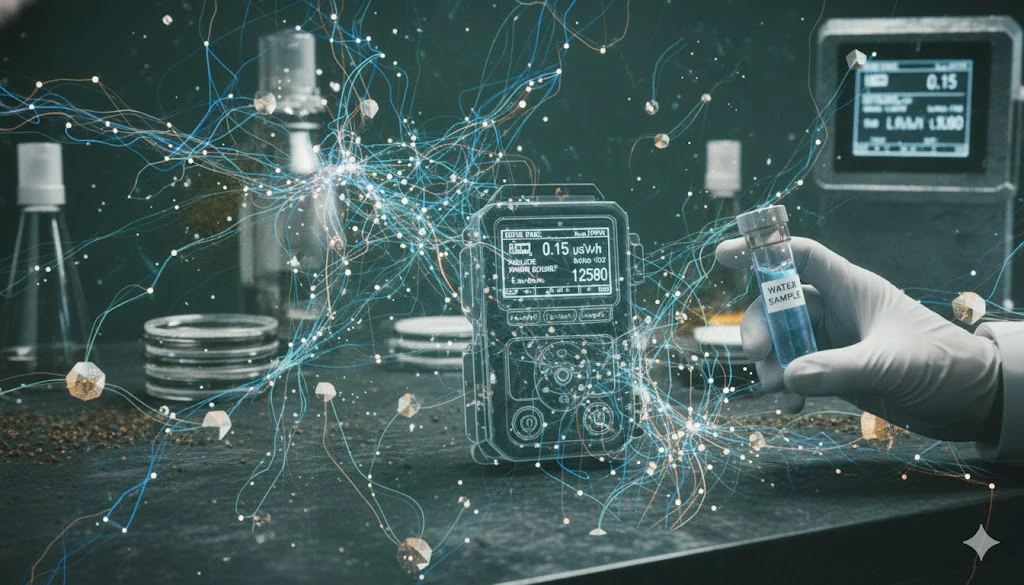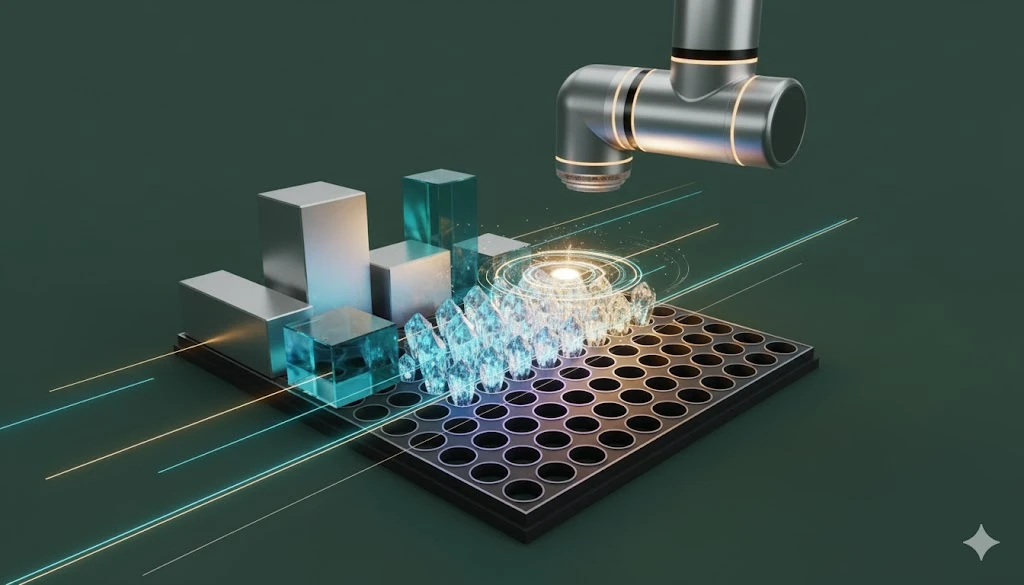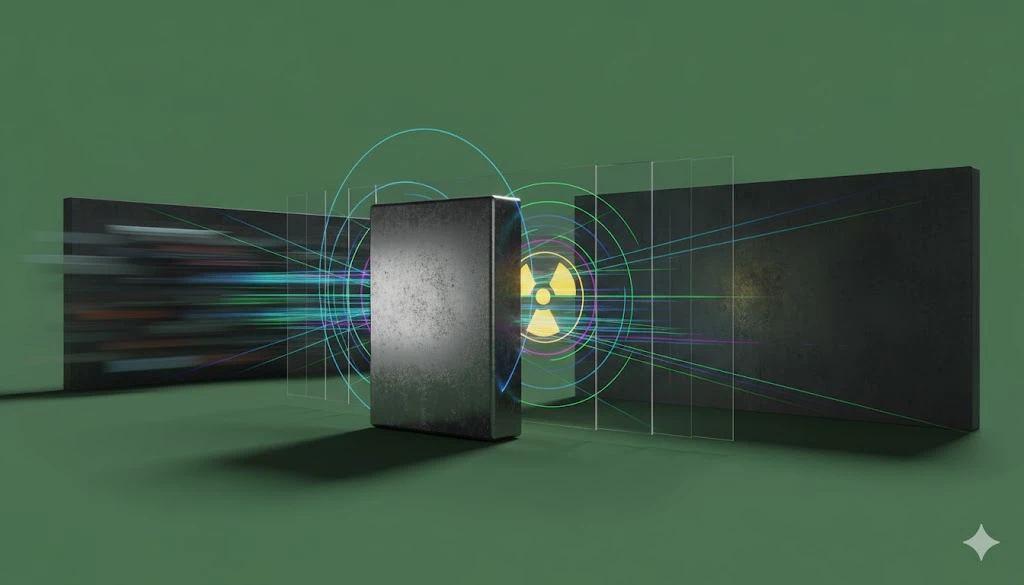From Discovery to Clinic: Navigating the Stages of Biomarker Identification and Validation
ImageFX (2025) Biomarkers, whether they are proteins, post-translational modifications, or small molecule metabolites, hold immense potential as indicators for disease diagnosis, prognosis, and therapeutic response. Recent technological advancements have revolutionized our ability to investigate a broader spectrum of compound sources with unprecedented accuracy and resolution. This surge in capability has significantly expanded the possibilities for biomarker identification. However, the journey from a promising candidate to a clinically validated biomarker remains a rigorous and often challenging process, demanding meticulous verification of statistical and biological significance, alongside robust validation of sensitivity and specificity. The initial phase of biomarker research, often termed the discovery stage, involves comprehensive exploration and deep interrogation of diverse research samples. This stage casts a wide net, leveraging modern analytical approaches to uncover potential candidates. Success here hinges on robust experimental design and meticulous sample handling. Key strategies employed during discovery include: Sample Complexity Reduction: Protocols, reagents, and processing steps are meticulously designed to simplify complex biological matrices without compromising the sensitivity required to detect low-abundance biomarkers. Solid Phase Extraction (SPE): Utilizes a chromatographic support to selectively remove high-abundance matrix background proteins. Liquid-Liquid Extraction (LLE): Employs phase change precipitation for the selective removal of interfering matrix compounds. Chemical Precipitation: A simple yet effective method for removing unwanted components from a sample. Analyte Enrichment: Specialized materials are used to isolate and concentrate target compound fractions from complex backgrounds, significantly aiding in the identification of elusive candidates. Coated Beads or Pipette Tips: Functionalized with specific binding agents like lectins (for glycans) or phosphopeptide-binding compounds (for phosphorylated proteins) to pull out desired analytes. Extensive Prefractionation: A multi-step process to reduce the abundance and potential negative effects of highly abundant background material. This prevents inhibitory binding or co-precipitation, thereby elevating the presence of target candidates that might otherwise be masked or poorly detected by analytical instruments. The continuous development of these advanced processing techniques dramatically expands the "search space" for biologically relevant compounds, boosting the chances of identifying novel biomarkers. This expanded search space can encompass a wider range of cell types and cellular fractions, a broader depth of tissue distribution, and more diverse levels of analysis in proximal solutions such as urine or cerebrospinal fluid across human and model systems. Crucially, it also includes critical analysis in blood plasma, often considered the 'gold standard' for biomarker relevance due to its accessibility and comprehensive reflection of physiological states. Given that biomarker discovery can involve screening thousands of analytes across hundreds of samples, well-designed and robust protocols are absolutely mandatory for success at this initial stage. Following the broad discovery phase, the next critical stage refines the identified candidates through rigorous qualification and verification processes. This transition shifts the focus from broad identification to more targeted, quantitative assessment. Qualification: The primary objective of qualification is to confirm the differential abundance of candidate biomarkers in human plasma. This involves comparing their levels in diseased versus healthy control samples to establish a preliminary link to the condition. Verification: Building on qualification, verification begins to assess the specificity of these candidates as true biomarkers of disease. This is achieved through the use of larger, population-derived sample cohorts, allowing for a more robust statistical evaluation. This stage necessitates refined sample pretreatment or prefractionation methods, specifically modified for compatibility with a more quantitative workflow. This includes the selection of appropriate reagents, analytical methods, and advanced tools. Why is this important? Because the path to effective biomarker identification and validation is long and complex, but modern solutions are paving the
way for an ever-greater range of entities with untold potential. The final, most rigorous stage involves comprehensive biomarker validation and clinical assay development. This phase refines investigations into a biomarker's specificity and sensitivity, alongside optimizing the assay process and logistics for widespread clinical use. This stage demands large, well-defined patient cohorts, often numbering in the thousands. These cohorts provide critical clinical data, including: Base-level metabolic factors: General health indicators. General pathological indicators: Markers of disease presence or severity. Existing 'gold standard' data: Comparative data from previously established biomarkers for the same indication. With analytical methods now exceptionally well-defined, the primary objective shifts to statistical analysis of the candidate biomarker's specificity and sensitivity compared to existing diagnostic tests. A key tool in this analysis is the Receiver Operating Characteristic (ROC) curve analysis. ROC Curve Analysis: ROC analysis is a graphical plot that illustrates the diagnostic ability of a binary classifier system as its discrimination threshold is varied. It plots the true positive rate (sensitivity) against the false positive rate (1-specificity) at various threshold settings. Sensitivity: The proportion of actual positives that are correctly identified as such (e.g., the percentage of sick people who are correctly identified as having the disease). Specificity: The proportion of actual negatives that are correctly identified as such (e.g., the percentage of healthy people who are correctly identified as not having the disease). The ROC plot closest to unity (top-left corner) indicates the highest predictive value, demonstrating a superior balance between true positive and false positive rates. Traditionally, immunoassays dominated the field of validated clinical tests. However, optimized Mass Spectrometry (MS)-based laboratory developed tests (LDTs) have now become increasingly prevalent in both clinical and research and development settings. The ongoing evolution of sample treatment techniques, analytical instrument technologies, and sophisticated data interpretation software and database resources are continually bringing biomarker assays closer to FDA-approved clinical diagnostic use. Furthermore, these advancements are instrumental in accelerating therapeutic development processes by providing more precise indicators of therapeutic efficacy and potential off-target effects, ultimately leading to safer and more effective medicines. The journey to a validated biomarker is indeed arduous, but the continuous innovation in modern scientific solutions is paving the way for an ever-expanding range of entities with immense, untold potential for transforming healthcare. Ready to explore cutting-edge tools and technologies for your biomarker research? Discover advanced solutions on LabX today! Biomarker development typically progresses through three main stages: discovery and initial identification, qualification and verification of candidates, and final validation leading to clinical assay development. Each stage involves increasingly rigorous testing and larger sample cohorts. Biomarker validation is challenging due to the need for rigorous statistical and biological verification, ensuring high sensitivity and specificity. It requires large, well-defined patient cohorts, complex data analysis, and often involves overcoming issues like sample complexity and low analyte abundance. Common analytical techniques include Solid Phase Extraction (SPE), Liquid-Liquid Extraction (LLE), and chemical precipitation for sample preparation. For quantification and identification, techniques like immunoaffinity enrichment and Multiple Reaction Monitoring (MRM) LC-MS/MS are widely used. Statistical methods like ROC analysis are crucial for validating performance. Validated biomarkers play a crucial role in therapeutic development by providing objective indicators of drug efficacy and potential off-target effects. They help researchers monitor treatment response, stratify patients for clinical trials, and ultimately contribute to the development of safer and more effective medicines.
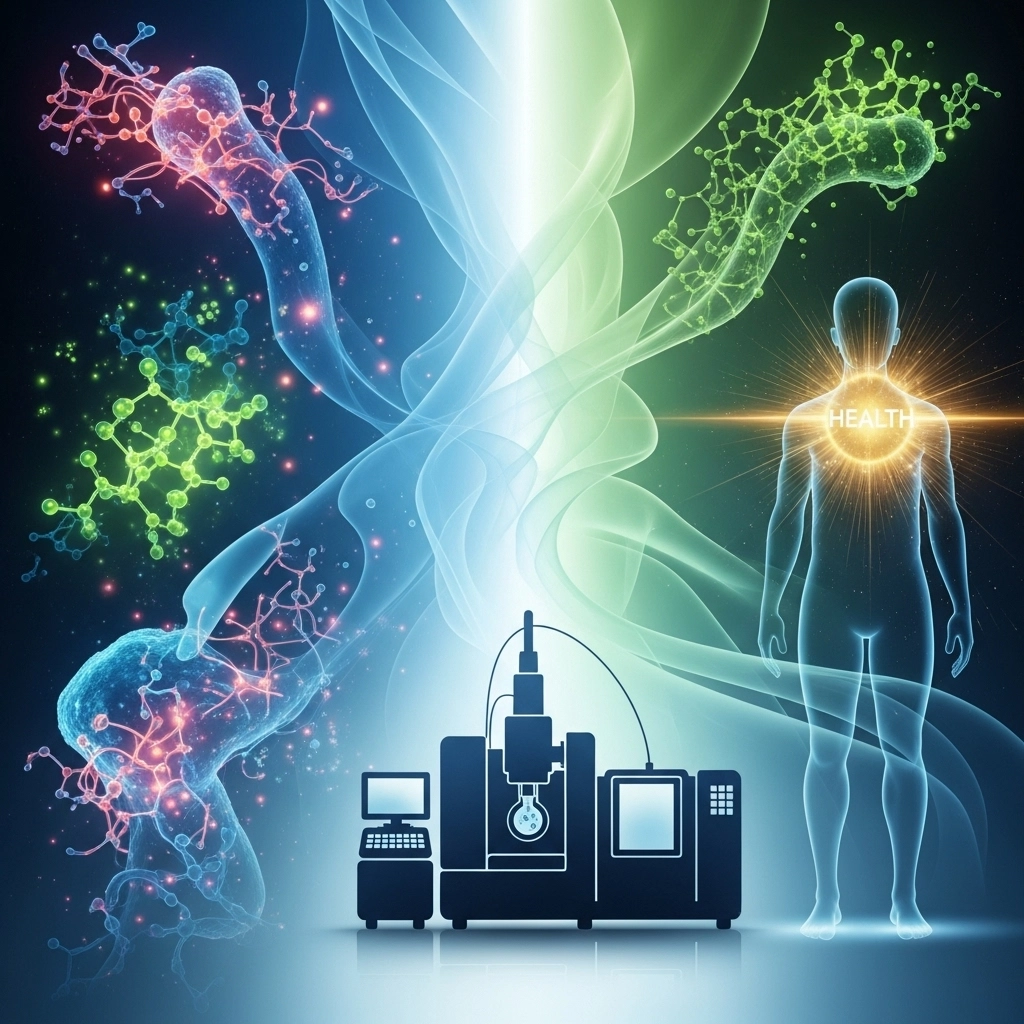
The Foundation: Biomarker Discovery and Initial Identification
Refining Candidates: Qualification and Verification Strategies
Clinical Readiness: Biomarker Validation and Assay Development
Frequently Asked Questions About Biomarker Research
What are the primary stages involved in biomarker development?
Why is biomarker validation considered a challenging process?
What analytical techniques are commonly employed in biomarker research?
How do validated biomarkers contribute to therapeutic development?
